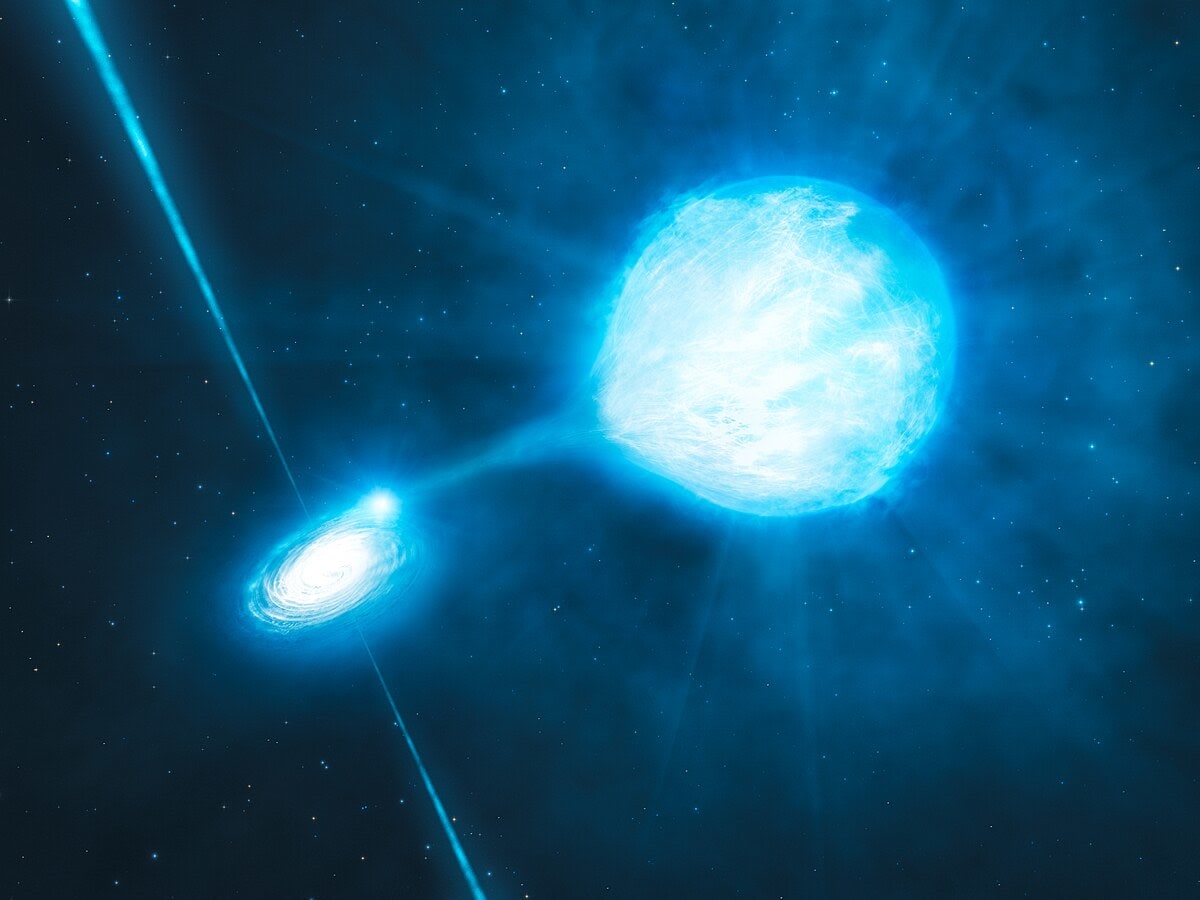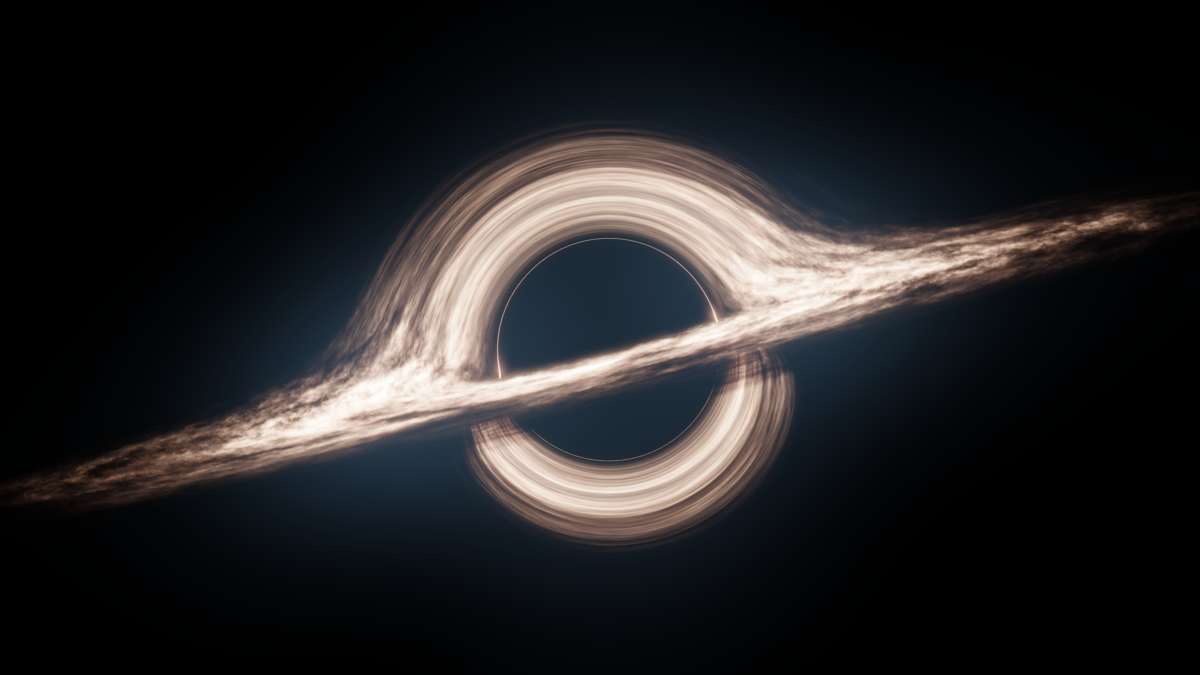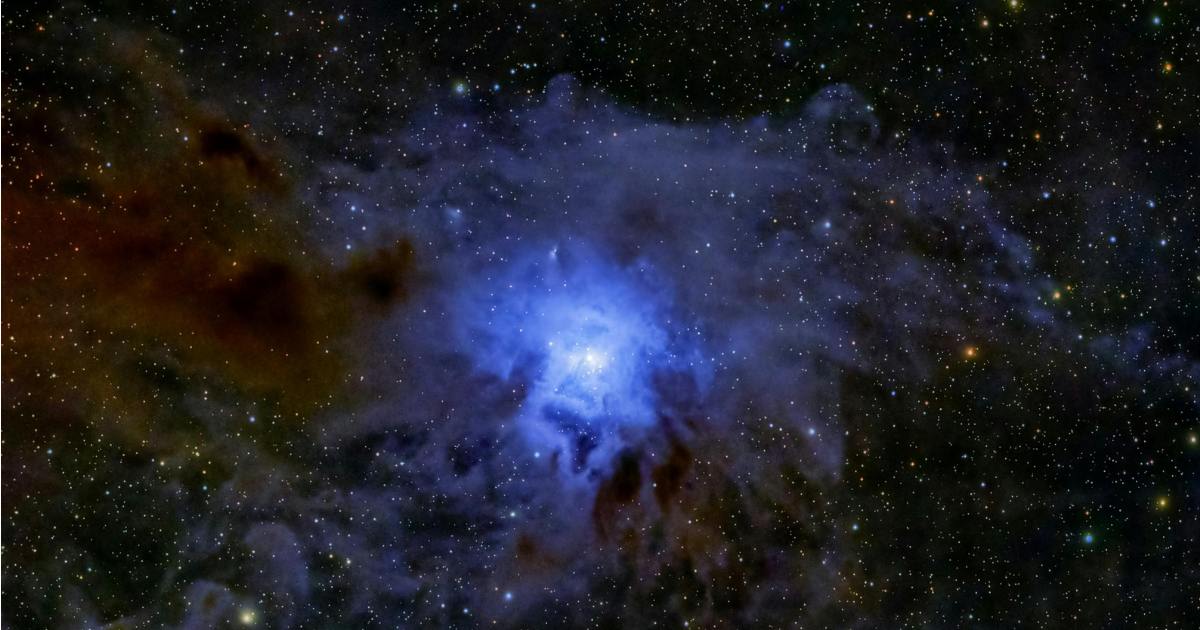Black holes may be the source of dark energy: Durham researchers

Dark energy and black holes are possibly two of the most elusive concepts ever analyzed by experts. A study published in Physical Review Letters combines these two concepts. The evaluation was conducted by experts from the Dark Energy Spectroscopic Instrument (DESI) mission and researchers from the University of Durham. This team, through their model, determined that black holes might be converting matter inside them into dark energy. They gathered the insights through data from the DESI mission and the cosmic microwave background (CMB).

Dark Energy: It's not as constant
The conversion of matter to energy was triggered by stars collapsing into black holes, according to Durham University. The model on which they made the assertion had been formulated based on the cosmic star formation rate. This factor allowed the experts to note the natural evolution of the model, and they aligned with both early- and late-universe observations. The evaluation was conducted after the DESI mission's findings suggested that dark energy's influence on the universe may not be as constant as experts previously thought. Those findings implied that the influence is constantly changing.
The model asserts that dark energy may be manufactured by black holes. It also provides clarity regarding the mass of fundamental particles known as neutrinos. Scientists have known for a long time that neutrinos have a non-zero mass, but because they are difficult to detect, their contribution to the universe's mass is unknown. While incorporating the DESI mission's recent findings, researchers found that readings regarding the matter of the universe were too small to be accurate. It could mean negative neutrinos could exist, which would cancel positive neutrinos. Scientists from Durham's Institute for Computational Cosmology, led by Dr Willem Elbers, challenged this assertion and instead proposed the black hole theory, bringing back positive neutrinos into the scheme of things.

Magic of matter to energy
The DESI mission's objective is to map galaxies and other astronomical bodies, some of which date back to the time when the universe was half of what it is now, according to Phys.org. Several black holes come under the introspection of this mission. In this study, researchers consider black holes to be tiny bubbles of dark energy. A black hole is supposedly created when stars exhaust their nuclear fuel and collapse. Hence, for the black holes to contain dark energy, it must be the stellar matter in stars that gets converted into dark energy.
Fortunately, dark energy in this model is linked to the transformation in stellar matter, something that has been measured for decades by the Hubble Space Telescope and now the James Webb Space Telescope. Therefore, researchers can use the readings to understand the accuracy of their model. "This paper is fitting the data to a particular physical model for the first time, and it works well," said DESI collaboration member Gregory Tarlé, professor emeritus of physics at the University of Michigan and corresponding author of the new report. This model, which considers black holes as engines of dark energy, has been named the cosmologically coupled black hole (CCBH) model.

Correct interpretation of neutrinos
Neutrinos are ghost-like particles, supposedly the second most abundant particle in the universe. For years, researchers have been perplexed, as their insights indicated that these particles had non-zero mass, but standard models suggested they had zero mass. The CCBH model implies that it has greater than zero mass, which makes it a more accurate model than the previous ones. "You find that the neutrino mass probability distribution points to not only a positive number, but a number that's entirely in line with ground-based experiments," Rogier Windhorst, Regents' Professor at ASU's School of Earth and Space Exploration and co-author of the new study, said. "I find this very exciting." Researchers are ecstatic to see the DESI mission come up with such unique discoveries connecting two elusive phenomena.